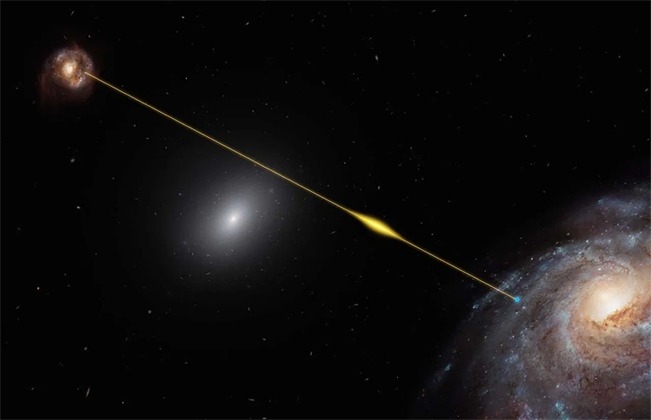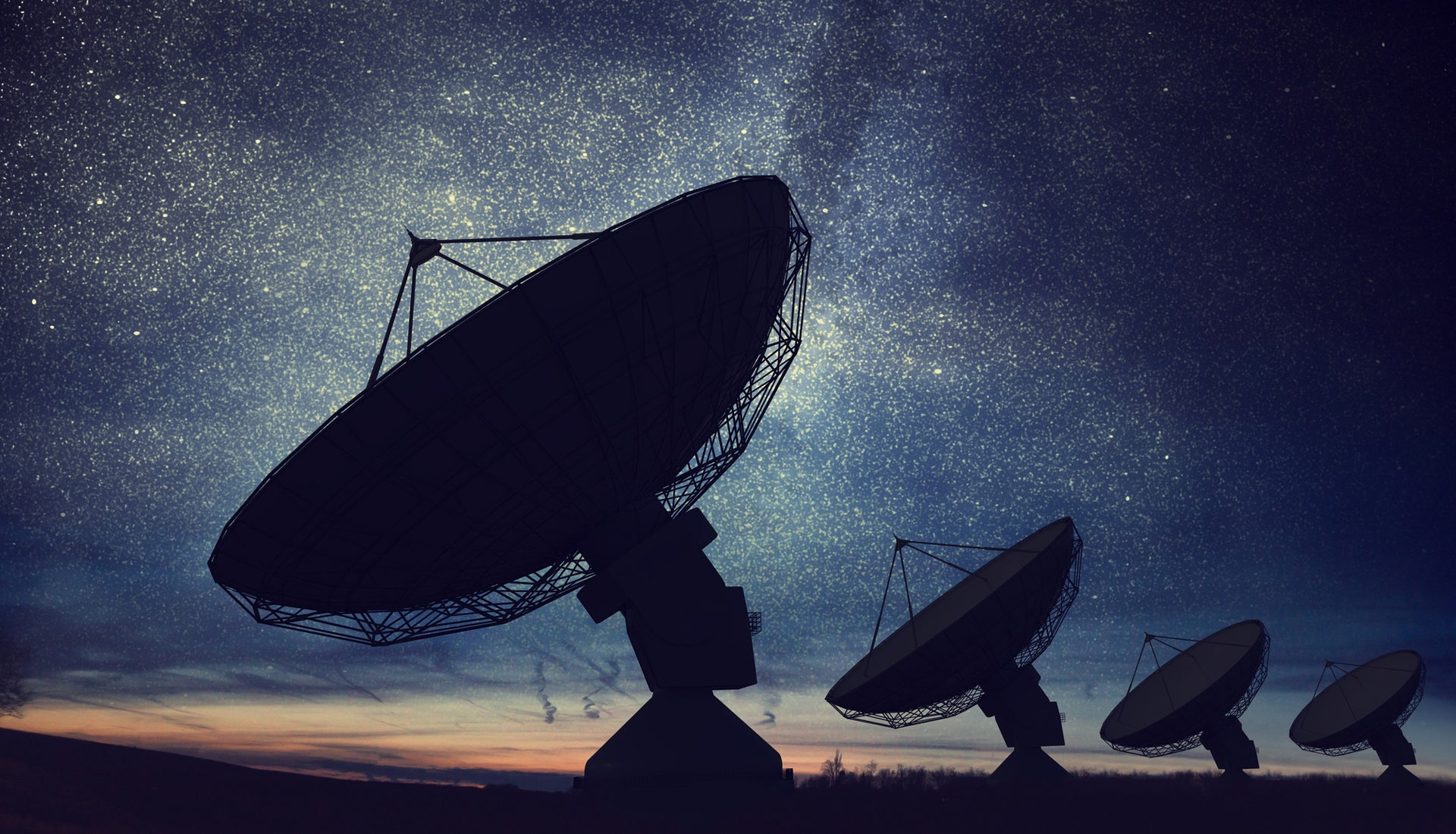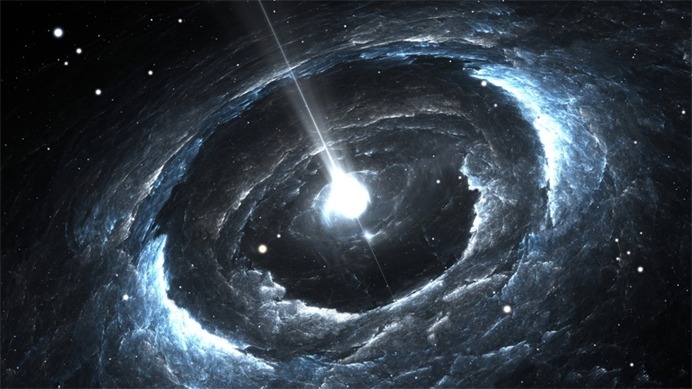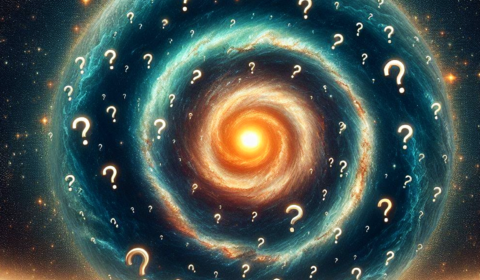A powerful radio signal seems to be reaching us from space on a 16-day cycle – and it’s unlike anything we’ve seen before.
The fathomless expanse of space rarely throws us curveballs – the usual pattern of discovery in astrophysics is decades of excruciating graft trying to substantiate claims that may or may not prove fruitful. Astronomers scratch at the surface of space and hope to uncover something. However on rare occasions, the cosmos chucks us a clue.
This is one such time. This week, scientists have uncovered a fast radio burst (FBR) that repeats on a regular cycle. Every 16.35 days, the signal, named FRB 180916.J0158+65 (catchy) follows the same pattern – for four days, it will spit out a burst every one or two hours. Afterwards, it falls silent for 12 days. Then the whole process repeats itself.


FBRs are hugely energetic flares of radiation (meaning they display on the radio spectrum) that burst into the emptiness of space and are picked up by our radars for a few milliseconds at most. In those few fractions of spacetime, they can discharge as much power as hundreds of millions of suns.
We can tell different FBR signals apart by slight variations in their wave signatures – some are stronger than others, and they last for varying amounts of time. But scientists have haven’t been able to trace any of these signals to their source as they’re typically one offs (at least as far as we can detect). Some have been detected more than once, but their appearances are wildly unpredictable. These are easier to locate generally, but the closest we’ve gotten is tracking them to a galaxy, which hasn’t brough us a great deal closer to understanding what causes FBRs in the first place.
FRB 180916.J0158+65 is primed to turn this uncertainty around, however. Astronomers with the Canadian Hydrogen Intensity Mapping Experiment (CHIME) collaboration in Canada observed the 16-day cycle for 409 days. The research has been uploaded to pre-print server arXiv, where it awaits scrutiny from other experts in the field.
‘The discovery of a 16.35-day periodicity in a repeating FBR source is an important clue to the nature of this object’ the researchers wrote in their paper. They go on to outline the current frontrunning theories as to what celestial body/ies are emitting these signals.




















